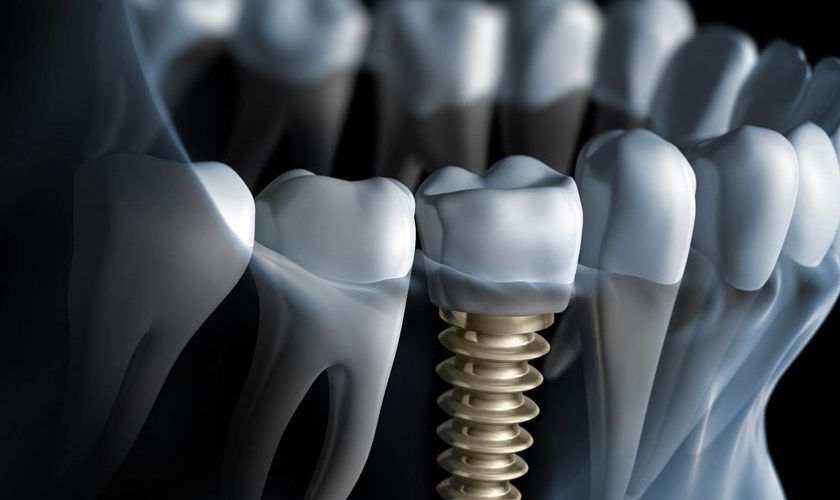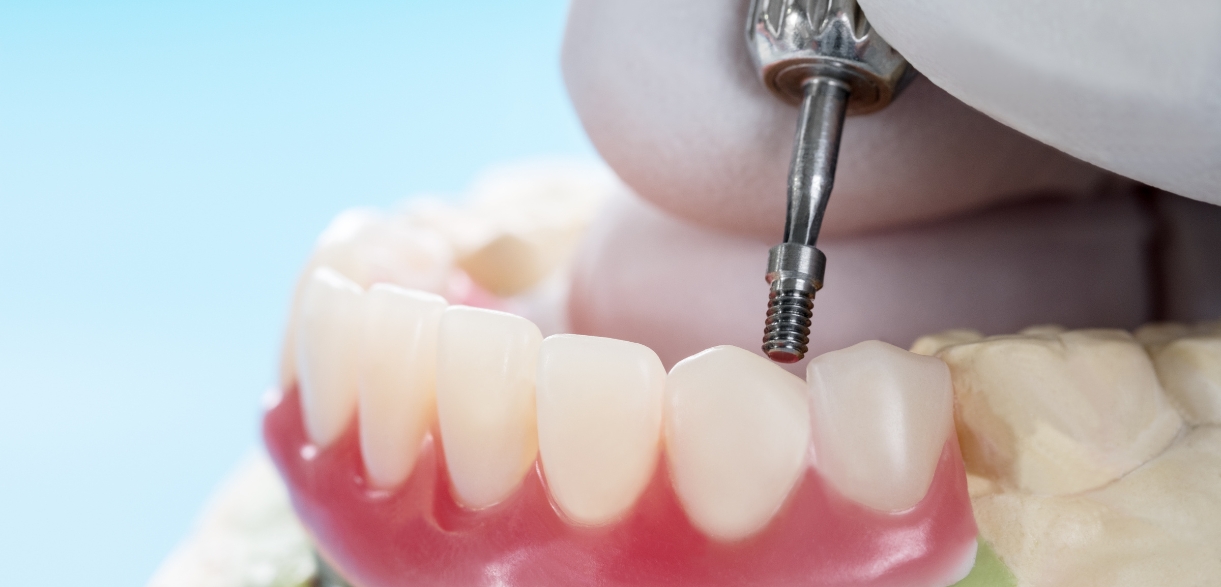Brentwood: (615) 235-1966

Your Roadmap to Dental Implants: Understanding the Treatment Process
Brentwood, TN

Welcome to your roadmap to dental implants—a comprehensive guide to understanding the treatment process from start to finish. Dental implants are a revolutionary solution for replacing missing teeth, providing a durable and natural-looking restoration. This introduction will walk you through the essential steps involved in getting dental implants, including the initial evaluation, implant placement, and the crucial aftercare phase. Whether you have lost a single tooth or multiple teeth, dental implants offer a long-lasting solution that can significantly improve your oral health and quality of life. Let’s delve into the fascinating world of dental implants and the transformative journey it entails.
Initial Consultation and Evaluation
During the initial consultation and evaluation for dental implants, the following key points are addressed:
1. Comprehensive Dental Examination: The dentist conducts a thorough oral examination, including X-rays and impressions, to assess the patient’s dental health, bone structure, and suitability for dental implants.
2. Discussion of Treatment Options: The dentist discusses various treatment options, such as single implants, implant-supported bridges, or implant-supported dentures, based on the patient’s specific needs and preferences.
3. Health Assessment: The patient’s medical history is reviewed to ensure they are suitable candidates for dental implant surgery. Any pre-existing medical conditions or medications are taken into consideration to minimize risks during the treatment process.
Implant Placement Procedure
The implant placement procedure for dental implants typically involves the following steps:
1. Anesthesia: Local anesthesia is administered to ensure the patient’s comfort during the surgery. In some cases, conscious sedation or general anesthesia may be used for more complex procedures.
2. Implant Placement: The dentist or oral surgeon carefully places the dental implant into the jawbone through a small incision in the gum. The implant is then securely anchored into the bone to serve as a stable foundation for the replacement tooth.
3. Healing Period: After implant placement, a healing period of several months is usually required. During this time, the implant fuses with the jawbone through a process called osseointegration, ensuring its stability and durability.
Osseointegration and Abutment Placement
1. Osseointegration: Osseointegration is a critical phase in the dental implant process. It refers to the natural process of the implant fusing with the jawbone over time. This integration provides a strong and stable foundation for the artificial tooth or dental prosthesis.
2. Abutment Placement: After successful osseointegration, a small connector called an abutment is attached to the implant. The abutment protrudes above the gumline and serves as the link between the implant and the final dental restoration.
3. Final Restoration: Once the gums have healed around the abutment, the dentist places the final dental crown, bridge, or denture onto the abutment. This restoration is custom-made to match the patient’s natural teeth in shape, size, and color, resulting in a fully functional and aesthetically pleasing smile.
Restorative Phase
1. Customized Dental Restoration: During the restorative phase, a customized dental crown, bridge, or denture is fabricated based on the patient’s specific needs and preferences. The restoration is designed to fit seamlessly with the surrounding teeth, ensuring both functionality and aesthetics.
2. Bite Adjustment and Comfort: The dentist ensures that the dental restoration aligns with the patient’s natural bite, allowing for proper chewing function and comfort. Any adjustments needed to achieve the correct bite alignment are made during this phase.
3. Final Result and Follow-up: After the restorative phase is complete, the patient can enjoy the benefits of a fully functional and natural-looking smile. Regular follow-up visits are scheduled to monitor the success of the dental implant and address any concerns that may arise. Proper oral care and maintenance are essential to ensure the longevity of the dental implant and restoration.
Aftercare and Follow-up Visits
1. Aftercare Instructions: Patients receive detailed aftercare instructions to promote healing and maintain the health of the dental implant. This includes proper oral hygiene practices, avoiding certain foods or habits that could impact the implant, and any prescribed medications.
2. Follow-up Visits: Follow-up appointments are scheduled to monitor the healing process and the integration of the dental implant with the surrounding tissues. The dentist will assess the overall success of the treatment and address any concerns or complications that may arise.
3. Long-Term Maintenance: Regular dental check-ups and cleanings are essential to ensure the long-term success of the dental implant. Routine visits allow the dentist to monitor the implant’s stability, assess the health of surrounding tissues, and make any necessary adjustments or repairs. Long-term maintenance is crucial for the durability and longevity of the dental implant.
Benefits of Dental Implants
1. Improved Appearance: Dental implants look and feel like natural teeth, restoring your smile and facial aesthetics. They blend seamlessly with your existing teeth, providing a more attractive and confident appearance.
2. Enhanced Functionality: Dental implants function like natural teeth, allowing you to eat, speak, and chew comfortably and effectively. They provide stability and support for biting forces, enabling you to enjoy various foods.
3. Long-Lasting Solution: Dental implants can last a lifetime with proper care and maintenance. Dental implants are a durable and permanent solution for missing teeth, unlike other tooth replacement options, such as dentures or bridges. They do not rely on adjacent teeth for support, preserving the overall health of your natural teeth.
Candidacy for dental implants
1. Sufficient Jawbone Density: Adequate jawbone density is crucial for the successful placement and stability of dental implants. If a patient has experienced significant bone loss, bone grafting may be necessary to build up the jawbone before implant surgery.
2. Good Oral Health: Candidates for dental implants should have good oral hygiene practices and overall oral health. Conditions such as gum disease or untreated cavities may need to be addressed before proceeding with the implant procedure.
3. Non-smoking: Smoking can impair healing and increase the risk of implant failure. Therefore, non-smokers are generally better candidates for dental implants. Candidates need to be committed to quitting smoking if they are smokers before undergoing the procedure.
Some FAQs include:
1. Is the dental implant procedure painful?
The dental implant procedure is typically performed under local anesthesia, ensuring minimal discomfort during the surgery. Patients may experience mild soreness and swelling afterward, but pain can be managed with over-the-counter pain relievers.
2. How long do dental implants last?
With proper care and maintenance, dental implants can last a lifetime. They are designed to be a permanent and durable solution for replacing missing teeth.
3. Are dental implants noticeable, or do they look natural?
Dental implants are designed to blend in seamlessly with your natural teeth. The crown or prosthetic tooth placed on the implant is custom-made to match your surrounding teeth’ shape, size, and color.
4. Can anyone get dental implants?
While most people can be candidates for dental implants, there are some factors that may affect eligibility, such as overall health, jawbone density, and oral health. A thorough evaluation by a dentist or oral surgeon will determine if dental implants are the right option for you.
5. How long does the entire dental implant process take?
The entire dental implant process can vary depending on individual circumstances. It typically takes several months from the initial consultation to the final restoration placement. The healing period after implant placement, known as osseointegration, may take around 3 to 6 months.
In conclusion, dental implants offer a reliable and long-lasting solution for replacing missing teeth. Understanding the treatment process and debunking common myths is essential in making informed decisions about dental implant treatment. With proper care and regular dental check-ups, dental implants can provide a natural-looking and functional smile for many years to come.





